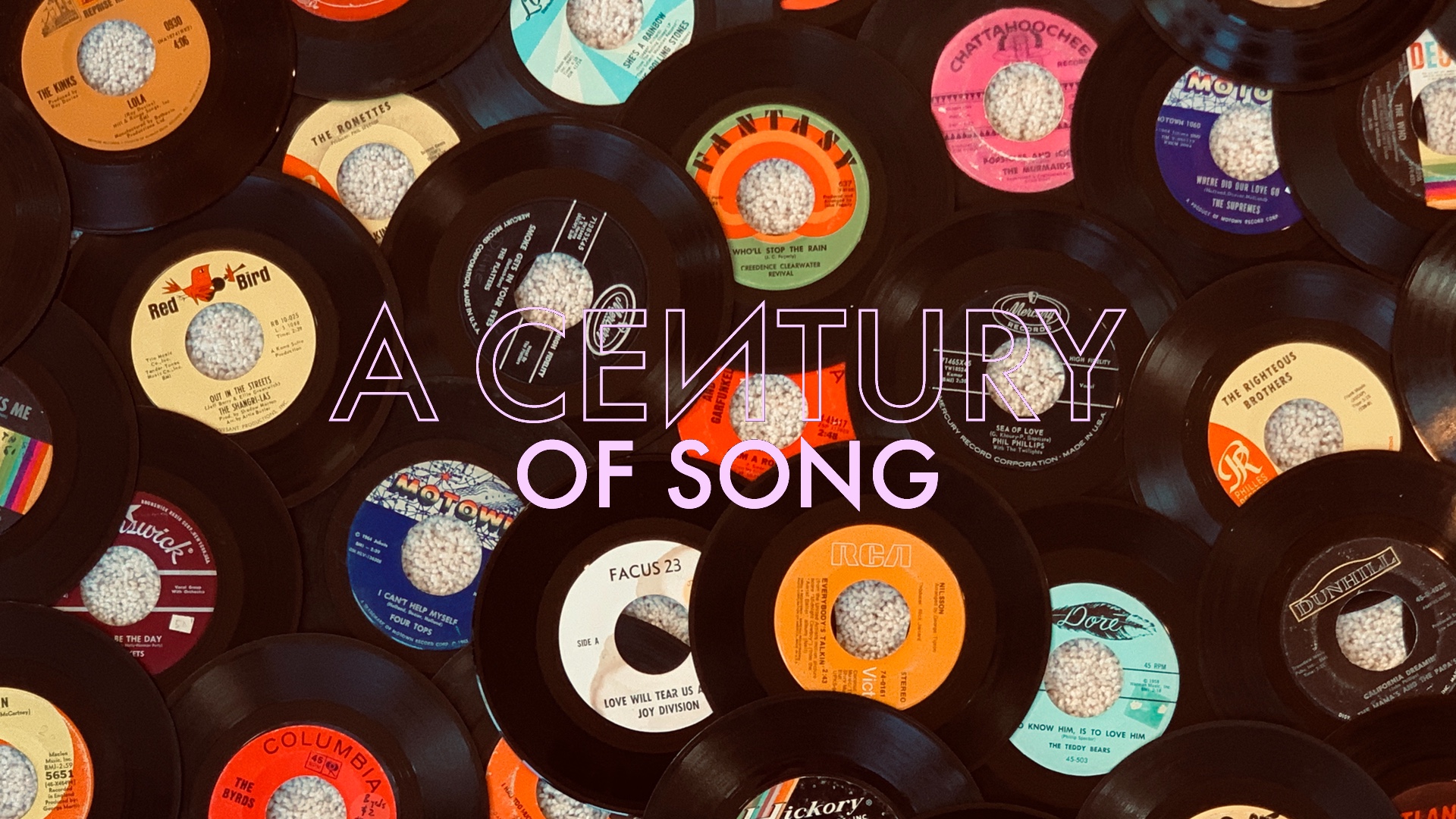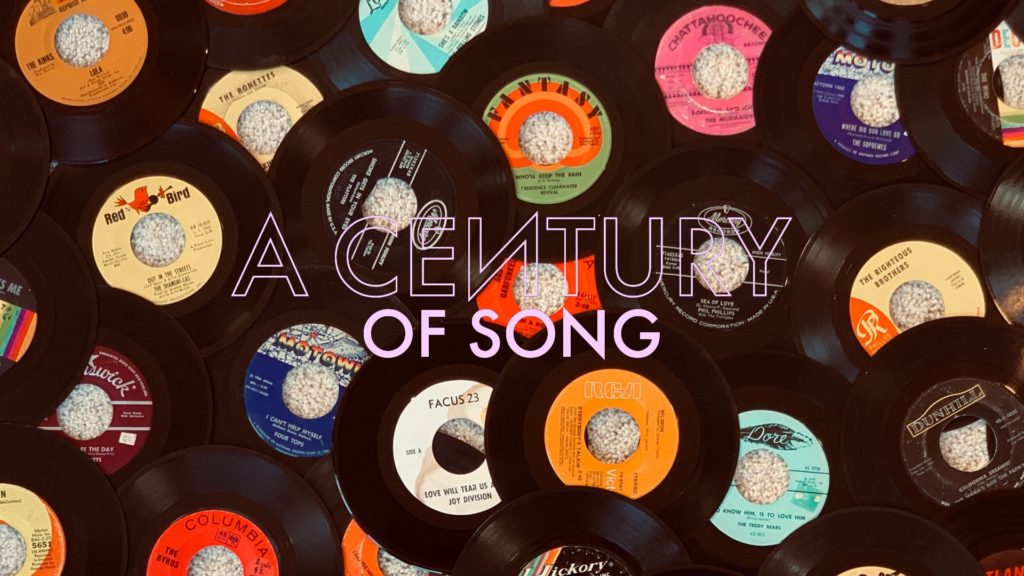
A Century of Song is an attempt to summarize 100 years of popular music through 1000 carefully chosen tracks. Included within this list are landmark singles, stellar album cuts, huge hits, hidden gems, and more than a few personal favorites. Read the introduction for the project here, and enjoy the embedded videos and Spotify playlist.
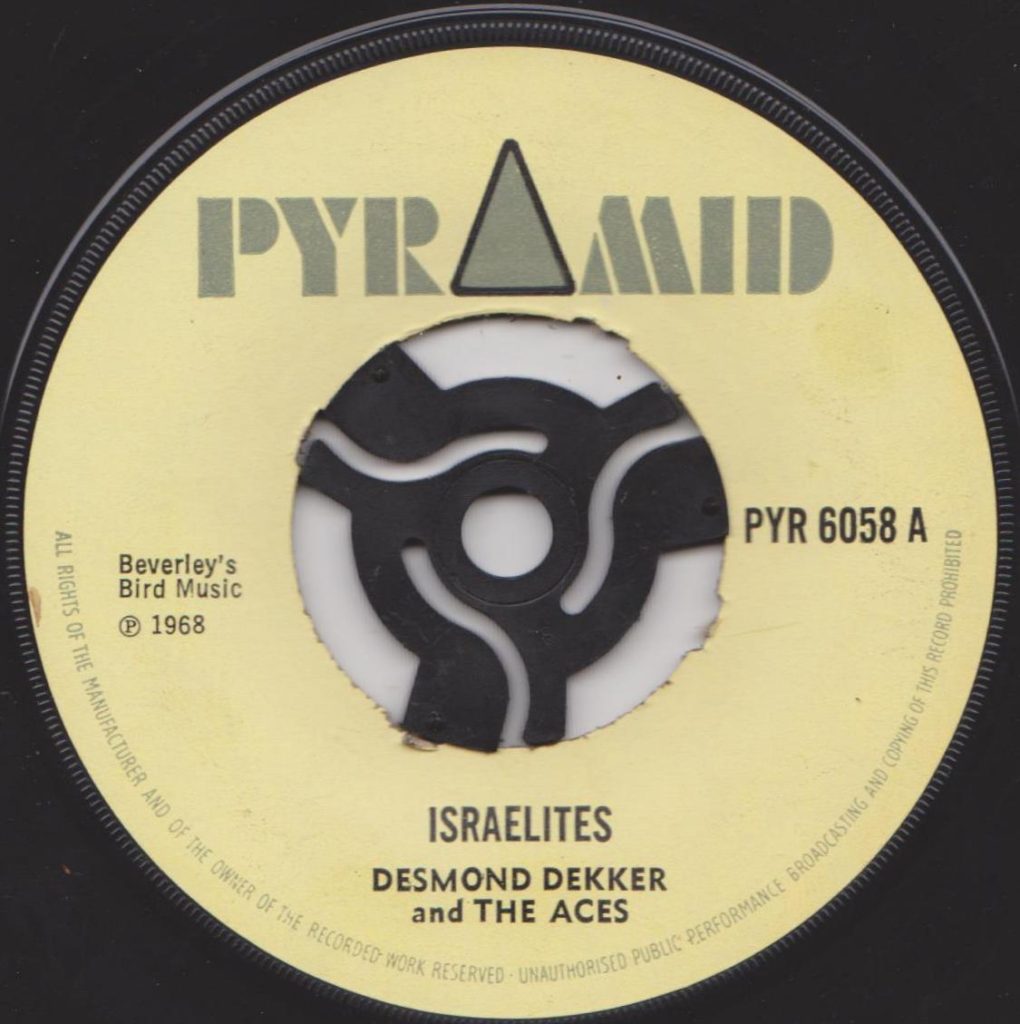
820
“Israelites” doesn’t represent the beginning of reggae music – like any other genre, reggae gradually evolved from earlier stylings – but it did represent its commercial arrival. A worldwide hit, the song brought both Desmond Dekker and Jamaican music to a global audience – reaching number one on the charts in several countries.
“Israelites” helped to set a template for reggae’s golden age of the 1970s, with its mix of social commentary, Rastafarianism, and laid-back upstroke rhythm. Dekker’s vocals – while tough for many listeners to decipher – strike a perfect balance between the toil implied in the lyrics, and the sun-drenched melodies of the music. It’s one of the most enjoyable and influential tracks of its era.
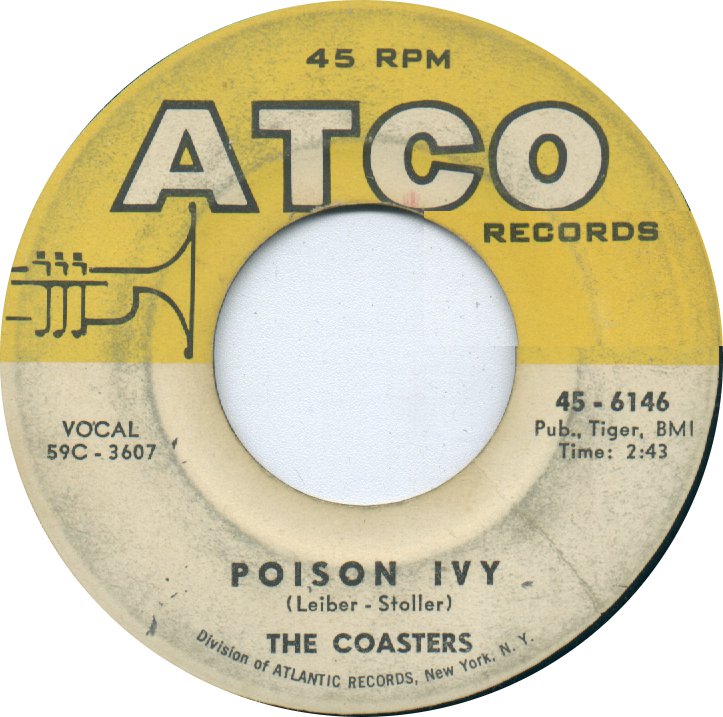
819
The Coasters were one of the premier vocal groups of their time. While their songs generally had too much heft to fit in with the doo-wop sound, the group’s sharp harmonies forged an exciting new path in rhythm and blues music. Though they made have had better-known tracks, “Poison Ivy” stands as their finest single.
No strangers to the upper reaches of the pop charts by the time “Poison Ivy” arrived in 1959, the song was the group’s sixth top-ten hit. Perhaps it was The Coasters’ chart friendliness that allowed the track’s thinly-veiled sexual innuendos to fly under the radar, or – more likely – it was their irresistible group vocals and the song’s infectious hooks.
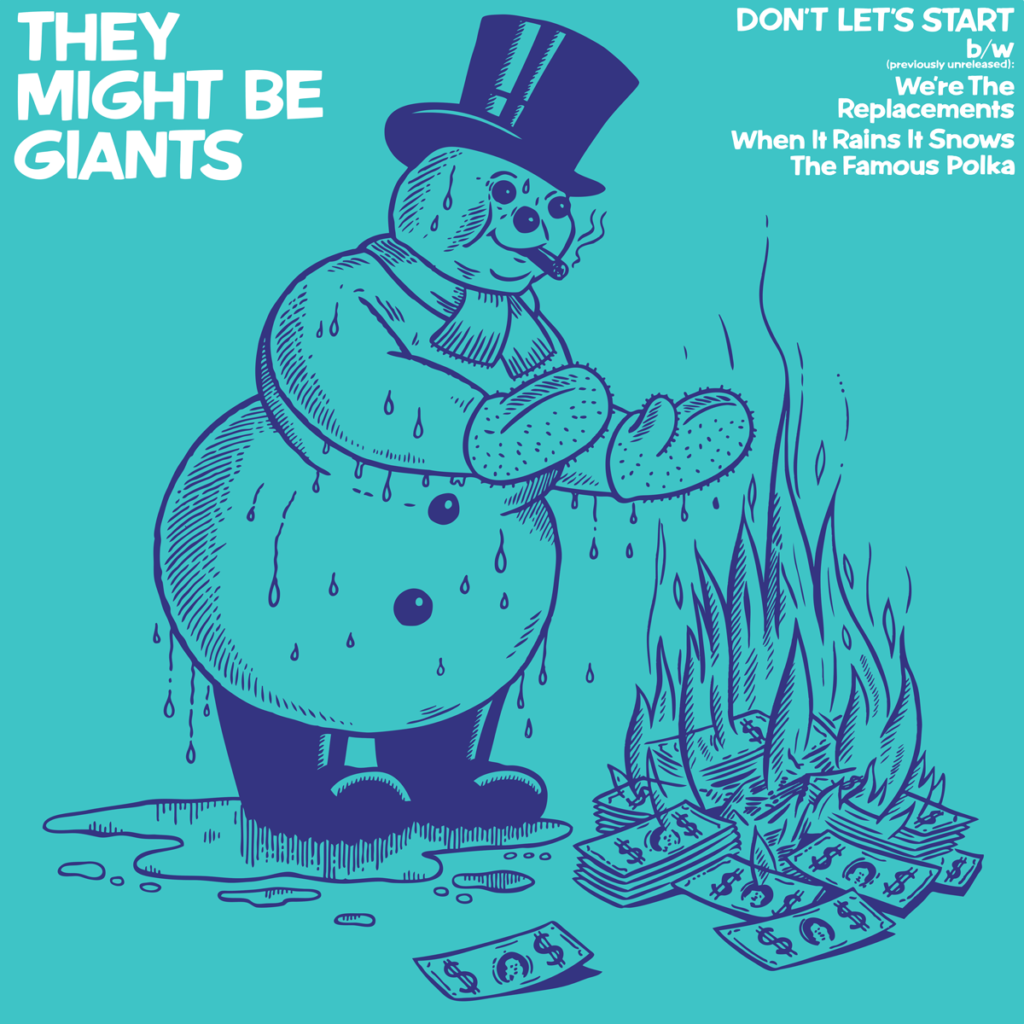
818
Speaking of infectious hooks, “Don’t Let’s Start” is the track that first unleashed They Might be Giants onto an unsuspecting public. There was little in the history of pop music that sounded all that much like the Brooklyn duo when they arrived in the mid-eighties, and yet, the two Johns (Linnell and Flansburgh) were pop classicists of the highest order.
The first single from the band’s self-titled debut, “Don’t Let’s Start” is all jittery rhythm and bittersweet melody. Hardly fitting any established template for rock stardom, Linnell’s nasally vocal, and the band’s absurdist visual presentation, was both bold and refreshing – especially to the generation of lo-fi indie pop artists that would follow in TMBG’s wake.
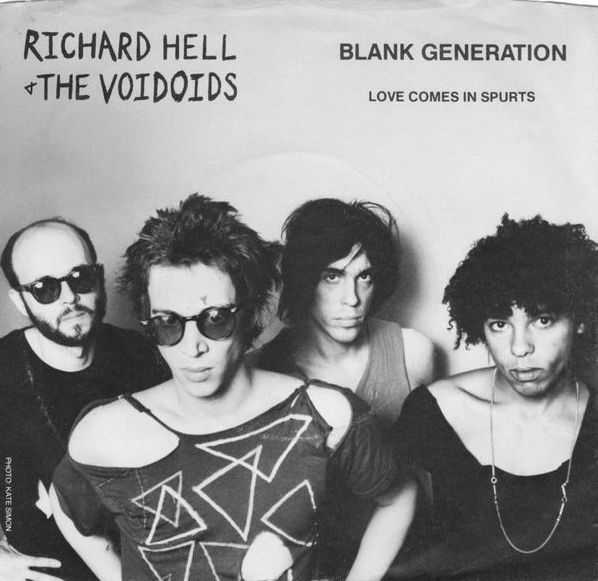
817
Richard Hell was a critically important figure in the first wave of punk, playing in Television and The Heartbreakers, and being among the first to popularize punk fashion. Arguably his greatest contribution to the nascent genre, “Blank Generation” was Hell’s signature song, and one of the definitive punk anthems.
Hell first recorded “Blank Generation” in 1975 for an EP on Ork Records, but gave the song another go – with the same musicians, now dubbed “The Voidoids” – for his 1977 debut album for Sire. It’s that second take that most perfectly captured the sneering attitude of punk, and stood as a call to arms for disaffected youth on both sides of the Atlantic.
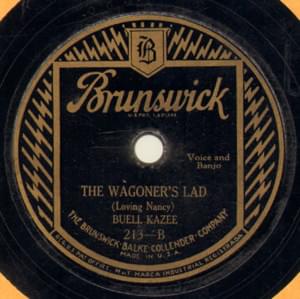
816
Both sides of this excellent 1928 single rank among the finest tracks on Harry Smith’s utterly essential Anthology of American Folk Music. The two tracks share a certain degree of thematic unity – namely, surprisingly sympathetic portrayals of female characters – but it’s the B-side that edges out its counterpart.
“The Wagoner’s Lad” finds Buell Kazee telling the sad tale of “Loving Nancy,” but speaking more to the universal hardships of women who were first “controlled by their parents,” then “slaves to their husbands.” Even in a time of changing perceptions of gender roles, it was still somewhat surprising to hear such empathy from a rural Kentucky pastor.
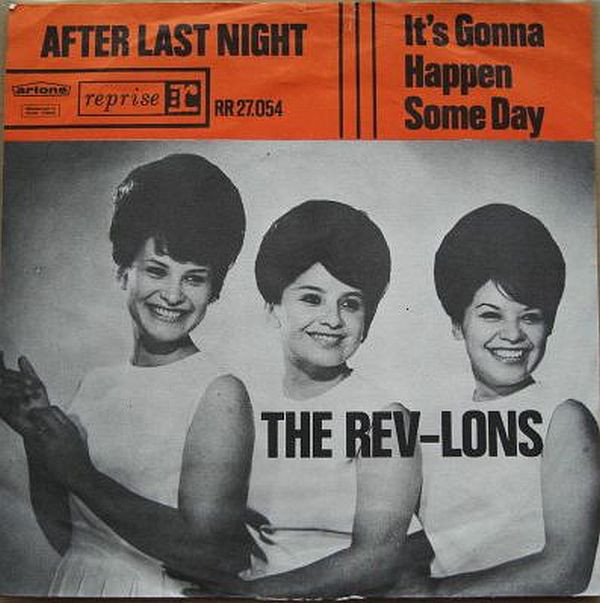
815
You won’t find much information about this long-lost girl group out there, but The Rev-Lons released one of the most effervescently sassy should-have-been-hits with their third – and final – single. “After Last Night” stands as one of the great semi-hidden gems of pop music’s mid-sixties apex.
Formed in Bakersfield, California by sisters Rachel, Lupe, and Frances Hernandez, The Rev-Lons released two tracks on tiny labels before putting “After Last Night” out on Reprise. However, despite the backing of a major label, the song failed to hit the charts upon its 1964 release. It’s not for lack of quality, as the buoyant sax-led instrumental provides a perfectly complementary backdrop to the Hernandez sisters’ charming “told you so” vocals.
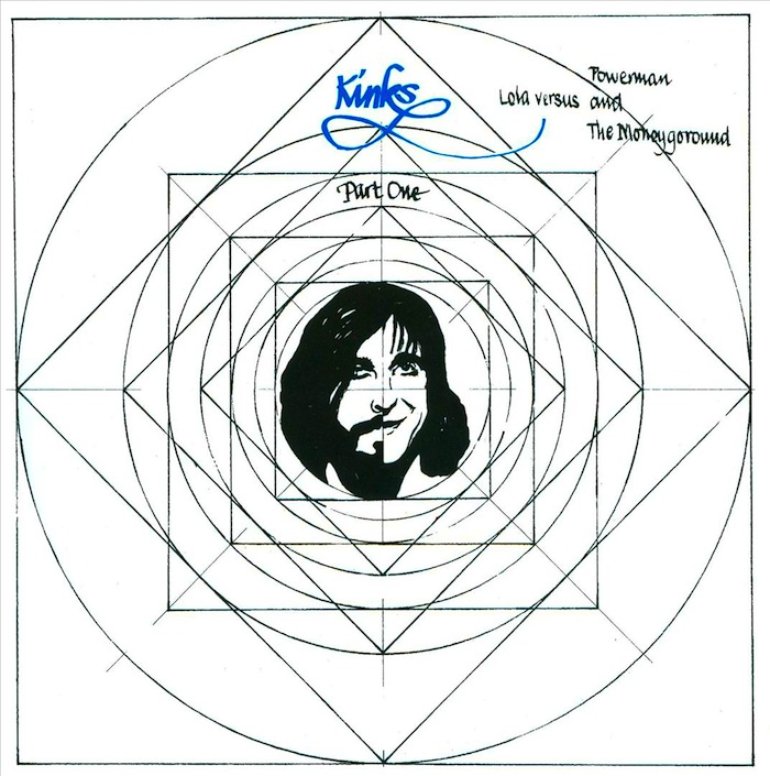
814
Playing second fiddle in a band is not an easy task. It’s probably exceedingly difficult when the focal point of that band is frequently hailed as a genius. It’s probably damn-near impossible when said genius is your older brother. Despite their famously strained relationship, Dave Davies not only held his own in the shadow of his brother Ray, but became a fine songwriter in his own right.
Dave’s shining moment at the helm of The Kinks, “Strangers” is a deeply affecting track – one made so by its heartfelt lyrics, and Davies’ plaintive vocals. One can’t help but consider the possibility that the “strangers” of the song are Ray and Dave – especially when Ray joins his brother to harmonize on the track’s moving refrain: “Strangers on this road we are on/But we are not two, we are one.” That strained-brotherhood dynamic was further emphasized by the song’s use in the most poignant scene in Wes Anderson’s 2007 film, The Darjeeling Limited.

813
While many of the songs on Mitski Miyawaki’s excellent fifth record, Be the Cowboy, are sketch-like in their modest run-times, “Nobody” is anthemic in comparison. “Nobody” found the singer-songwriter refining the rougher edges of her earlier work, creating a sheen electro-pop sound that helped in bringing her music to a wider audience.
Confessional, reflective, and bittersweet, “Nobody” expresses the anxieties of modern alienation, but with a skittering dance beat that belies the melancholy nature of Mitski’s lyrics. Its insistent rhythm, melodic vibrancy, and well-executed key changes made it the highlight of a talented artist’s critical breakthrough.
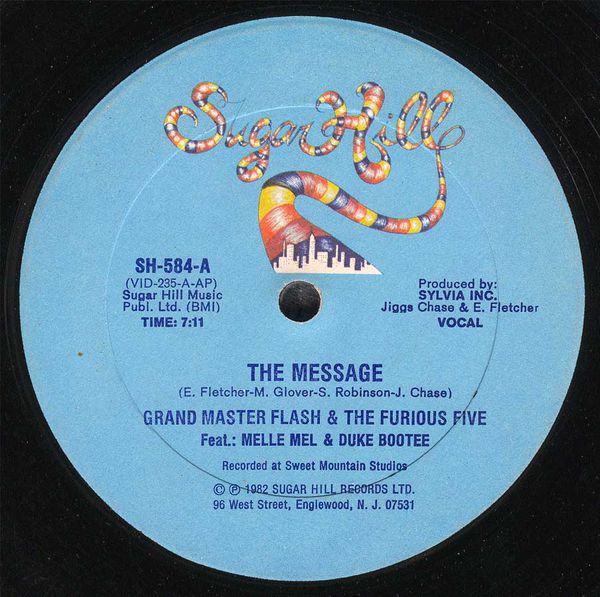
812
A landmark recording that helped to usher in the commercial arrival of hip-hop music, “The Message” is one of the truly seminal early rap tracks. While the single is credited to Grandmaster Flash & The Furious Five, the only member of the group to appear on the track was rapper Melle Mel, whose verses were among the first socially-conscious hip-hop lyrics. Equally influential was the instrumental track – created by Duke Bootee, who also contributed vocals to the song. That backing track would be sampled, imitated, and paid homage to by countless acts in the years to follow.
“The Message” was unlike anything that had ever been heard before in popular music. It was intensely real and unapologetically gritty, but it was also catchy as hell. While that catchiness may have had the potential to blunt the song’s impact, Melle Mel’s legendary fifth verse ensured that this was a message that would be heard.
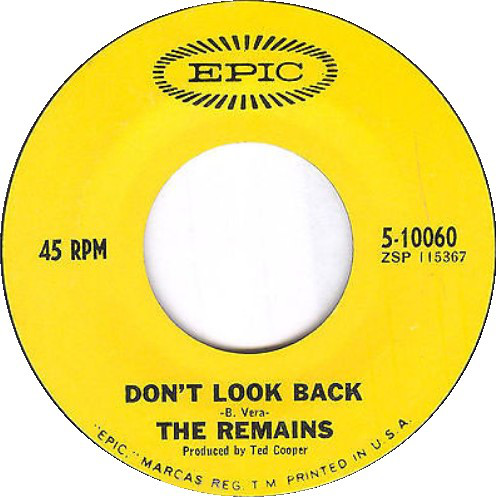
811
The Remains had a story not unlike that of countless American garage rock bands in the sixties. The group formed while its members were freshmen at Boston University, played early rock and roll covers to enthusiastic audiences, earned a regional following, recorded a handful of singles, and then broke up – all within a span of two years. There were a few more extra-ordinary details though, such as landing a record contract with Epic, and opening for The Beatles on their final tour.
Another thing that the group had that many of their garage contemporaries lacked was a great single – “Don’t Look Back,” which was penned by songwriter Billy Vera. A jagged, driving track, “Don’t Look Back” is both dynamic and flexible – especially once it enters the call-and-response rave up of its middle section. The single wasn’t a big hit – nor was the self-titled album that it appeared on – but its placement on the immortal 1972 Nuggets compilation sealed its standing among the classics of sixties garage rock.
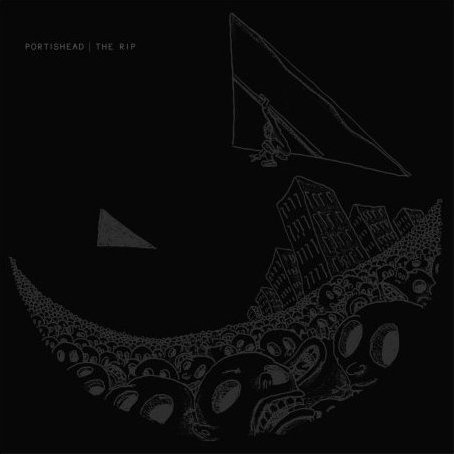
810
Portishead released their long awaited third album after an eleven-year hiatus – a time in which the Bristol group had gone from trip-hop upstarts to elder statesmen for the generation of electronic musicians that followed in their wake. The highlight of Third, “The Rip” is a hauntingly minimalistic piece that stands among the most enveloping tracks of its era.
“The Rip” essentially exists in two halves. Its first section is sparse and frigid – defined by Beth Gibbons’ fragile vocals and a repeating acoustic guitar pattern. A degree of warmth emerges in the track’s second half with the arrival of a krautrock-inspired beat and arpeggios from vintage analog synthesizers. It’s a mesmerizing track that found the electro-pop pioneers moving in a bold new direction.
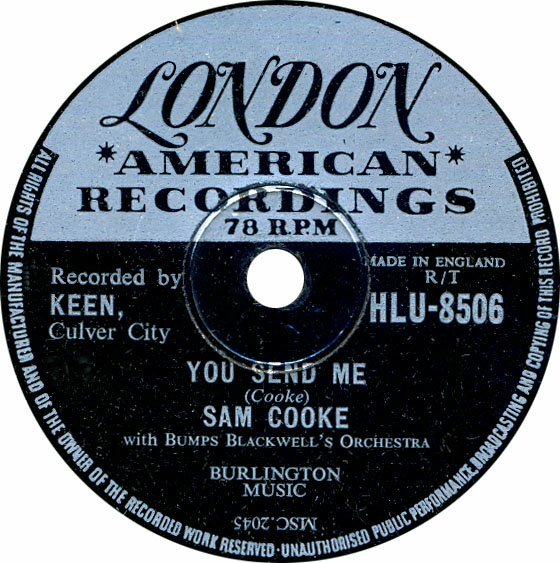
809
In 1957, Sam Cooke released a single, “Loveable,” under the alias Dale Cook. Not wanting to alienate the audience that he had built as a gospel singer, Cooke was anxious about stepping into a career as a pop musician. By the time of his second secular single, “You Send Me,” Cooke had grown confident enough to put his own name – albeit with an “e” added to his surname – on the label.
“You Send Me” was a hit – one that not only changed the trajectory of Cooke’s career, but that also proved the crossover commercial viability of Black recording artists. A standard practice at the time was for labels to release “white versions” of songs written and recorded by Black artists, as a way to achieve commercial success with white audiences. While the cover of “You Send Me” by Teresa Brewer reached a respectable #8 on the pop charts, Cooke’s original rocketed to number one.
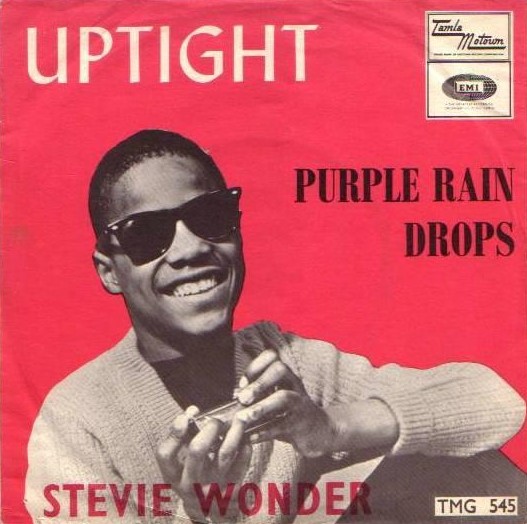
808
Little Stevie Wonder had a number one hit – “Fingertips” – at the age of thirteen. By the time he was fifteen, Motown head Berry Gordy was on the verge of dropping his youngest artist, fearing that his moment had passed. As something of a last chance, Motown released Wonder’s first self-written single in 1965, while dropping the “Little” from his stage name.
Manically propulsive, “Uptight (Everything’s Alright)” reaches classic status even before Wonder’s vocals enter, but his exuberant delivery makes it a jam for the ages. Pounding drums, soaring brass, and a just-overdriven bass line give the song an anthemic feel that helped push it toward the upper reaches of the charts in early 1966.
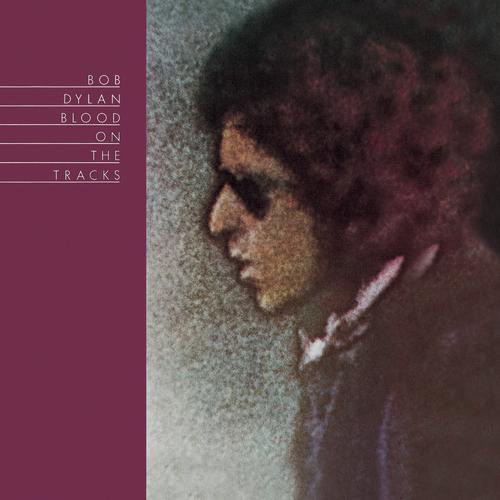
807
Though it was recorded as his marriage was falling apart, Bob Dylan has long denied the autobiographical interpretation of his masterful 1975 album, Blood on the Tracks. Clearly, many elements of the album are literary fabrications, but – as Dylan and elusiveness go hand-in-hand – I find it a little difficult to take him fully at his word.
One of the most potentially revealing of these tracks, “Shelter from the Storm” documents the rise and fall of a relationship. The unnamed “she” had once provided a safe haven for the weary narrator – “in another lifetime” – but that safety and warmth have faded. In the song’s final verses, Dylan is once again reduced to “a creature void of form,” roaming a wilderness full of desperate knaves and biblical allusions – hopeless, forlorn, and lamenting the loss of his shelter from the storm.
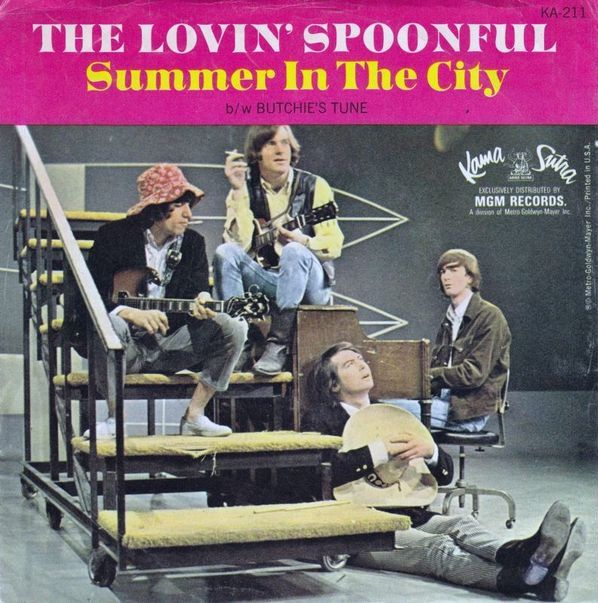
806
A number one hit in the summer of 1966, the signature song by The Lovin’ Spoonful evokes both the heat and grittiness of its opening line. Defined by its iconic keyboard break, “Summer in the City” is a masterful slice of song craft that stood at the crossroads of pop, rock, and the emergent sounds of psychedelia.
While The Lovin’ Spoonful are generally viewed as lightweights next to their more respected contemporaries, the New York band – led by John Sebastian – caught lightning in a bottle with “Summer in the City.” Though the surface of the song was pure pop, it had dark undertones that were expressed in its musical elements and Sebastian’s urgent vocal delivery.
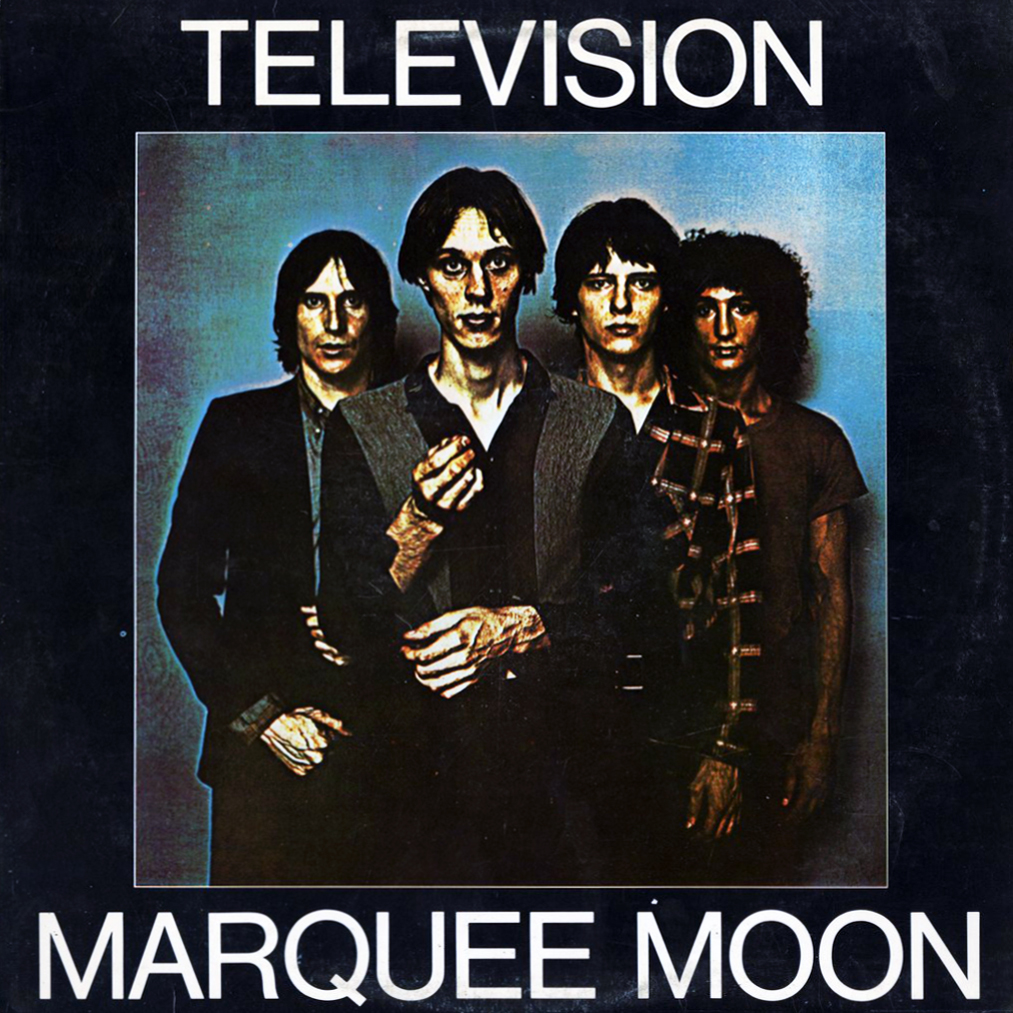
805
The exhilarating opening to one of the greatest albums of all-time, “See No Evil” is a perfect orientation to Television’s masterful debut, Marquee Moon. More musically cerebral than the majority of their peers on the New York City punk scene, Television drew influence from improvisational jazz – heard particularly in the interlocking guitar work of Tom Verlaine and Richard Lloyd – but remained intensely focused on melody.
“See No Evil” announces itself with Verlaine’s jagged power chords, but by the track’s apex, it’s Lloyd who was introducing an entirely new vocabulary for punk-minded guitarists. His double-tracked solo struck a middle ground between the virtuosity that punk shunned and the artistry that post-punk would revel in. Oh, and the rest of the song? That’s pretty damn great too.
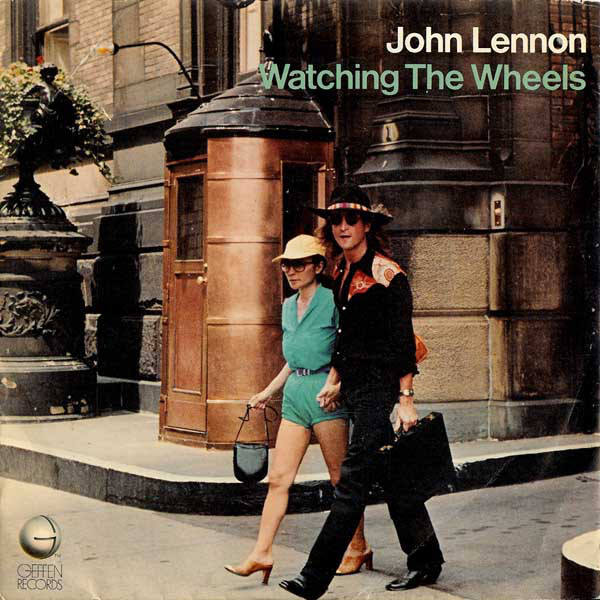
804
On November 17, 1980, John Lennon released his first new album in nearly six years – a collaborative effort with his wife, Yoko Ono. Lennon had spent the intervening years as a househusband, raising his son Sean while Yoko tended to the couple’s business and artistic affairs. Double Fantasy was a highly-anticipated record that saw Lennon (who alternated songs with Ono) in a contemplative and reflective mood.
The album’s centerpiece, “Watching the Wheels” found John responding to the countless fans and critics who wondered why he sat back, “wasting” his talents. Notably, for someone who was known to be abrasive when questioned about his choices – artistic or otherwise – there is not a trace of vitriol in Lennon’s reply. Obviously – as the existence of Double Fantasy proved – he would eventually get back to music, but he tells his listeners, “there’s no hurry.” However, within three weeks of the album’s release, Lennon was senselessly murdered. “Watching the Wheels” would ultimately serve as his epitaph.
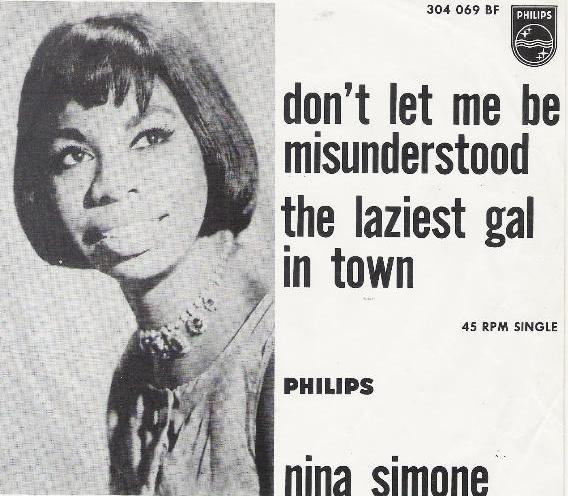
803
While it has been memorably recorded several times – The Animals’ version is a particularly strong take – “Don’t Let Me Be Misunderstood” was written with Nina Simone in mind. Appearing on her 1964 LP, Broadway-Blues-Ballads, it stands as one of the most compelling performances in her discography.
Though Simone would ultimately write several of the most impactful songs in her catalog, the expressive quality of her voice allowed her to own any song that she performed. Her delivery in “Don’t Let Me Be Misunderstood” is one of her finest, and the song’s understated orchestral arrangement helps to balance the mood of a spellbinding track.
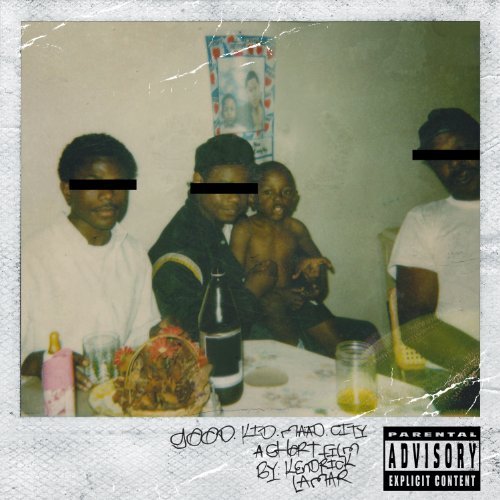
802
Of the two quasi-title tracks on Kendrick Lamar’s critically-acclaimed 2012 breakthrough, Good Kid, M.A.A.D City, it seems that “M.A.A.D City” tends to get the most love. However, for my money, it’s “Good Kid” that stands among the highlights of Kendrick’s first masterpiece.
While there are more impressive verses to be found on the album, it’s the musical elements that make “Good Kid” a standout – one that points the way toward the record’s even more remarkable follow-up. The brisk drumbeat, lively bass, and (is that a Mellotron?!?) choral backing give the song an intense feel, one that grows increasingly urgent through each bar of the verses before resolving with one of Lamar’s best hooks.
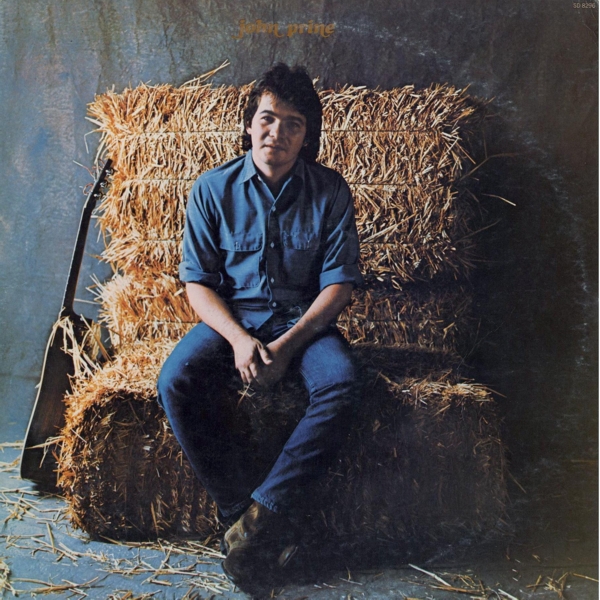
801
John Prine died exactly one month prior to the publishing of this installment, of COVID-19, at the age of seventy-three. He was only twenty-four when he recorded his eponymous debut album, but man, does it ever sound lived-in. Perhaps nowhere is this more true than on “Hello in There” – a thoughtful and empathetic rumination on the loneliness that comes with entering an advanced age that Prine himself would never reach.
Prine frames “Hello in There” from the perspective of an aging woman. Two of her children have seemingly fallen out of contact. A third died in the Korean War; Prine masterfully undermines any presumable cause by stating, “I still don’t know what for/Don’t matter anymore.” Perhaps most heartbreakingly, her husband is reduced to a state of catatonia – emblematic of the “hollow ancient eyes” to which Prine implores his listeners to say, “Hello in there. Hello.”


